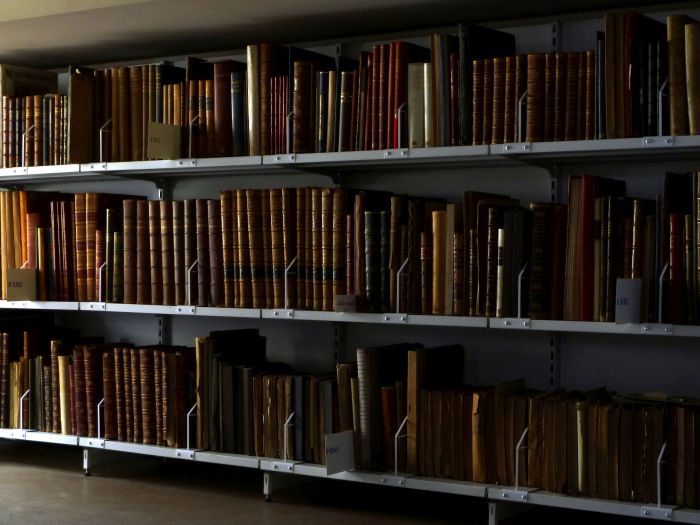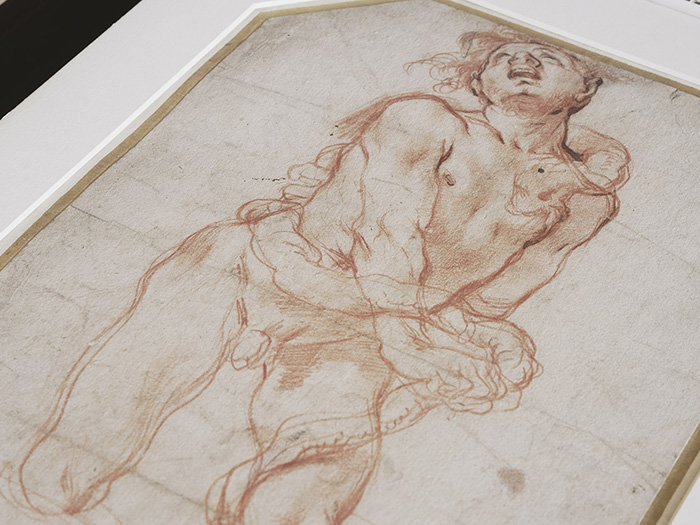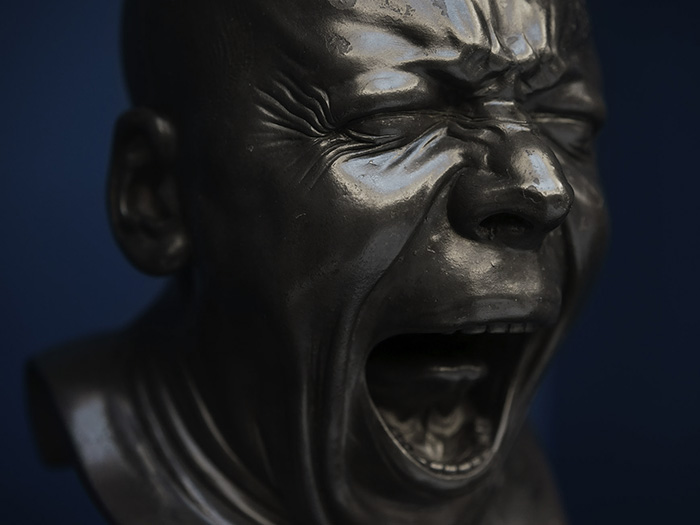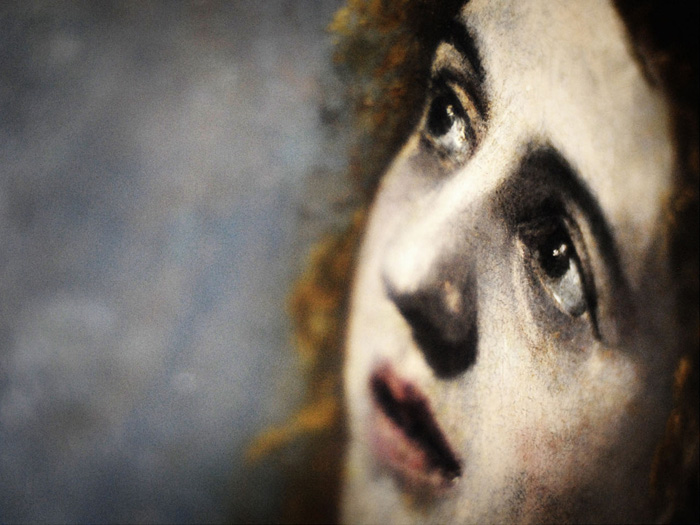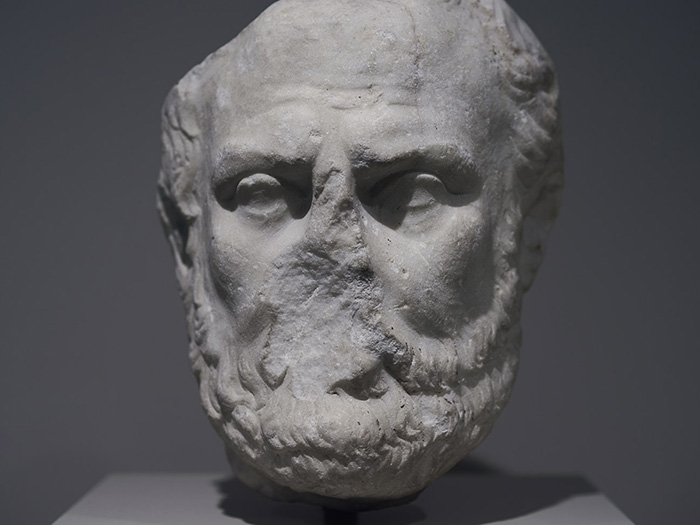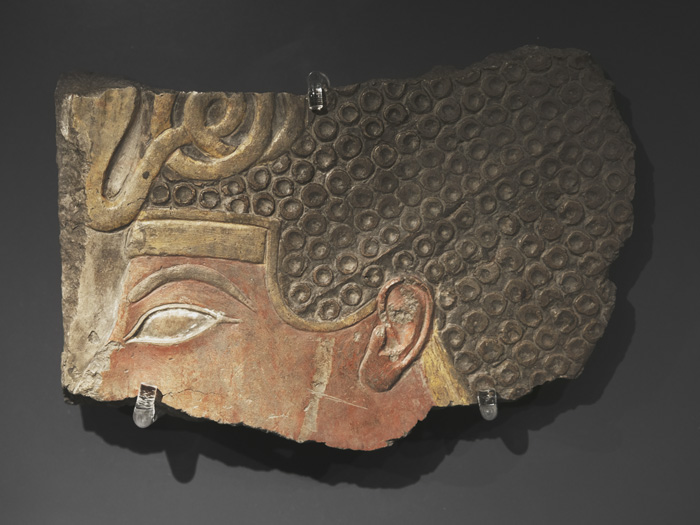We use cookies to provide you with the best possible service and a user-friendly website.
Please find our Privacy Policy on data protection and data management here
Please find more information on the cookies here
Spanning the period from the eleventh century to 1800, the Old Hungarian Collection’s material comprises paintings, sculptures, high-quality architectural carvings, and tombstones made in Hungary, or on Hungarian commission abroad. The concept of “old Hungarian art” is understood broadly in the sense of “the art of Hungary”, or more precisely “the art of the Kingdom of Hungary” that was the homeland of multicultural and multiethnic population during its history. The Old Hungarian Collection seeks to familiarise visitors with the diverse art and multi-faceted artistic relations of the Carpathian Basin.
The stone carvings of the collection – surviving pieces from cathedrals, palaces, monastic buildings, and urban constructions – are chroniclers of the ecclesiastical and secular architecture of the period. The early wooden sculptures and panel paintings typically formed part of church interiors; included among them were winged altarpieces, of which the museum has a unique collection, regarded as the largest in Central Europe. During the late Renaissance and the baroque, monumental altarpieces addressed the widest audience and represented the most important genre of painting besides frescos. In addition to these late Renaissance and baroque altarpieces, the Old Hungarian Collection preserves ecclesiastical sculptures and epitaphs as well as secular works, including portraits and still lifes, complemented by compositions belonging to the new genres of the second half of the eighteenth century, namely landscapes, genre paintings, and historical depictions.
The art of historical Hungary was collected from the first half of the nineteenth century by the National Museum, and after 1872 and 1896 the Museum of Applied Arts and the Museum of Fine Arts followed suit, respectively. It was Elek Petrovics, the director of the latter institution, who conceived the idea that the “old Hungarian” works, separately preserved in the three museums, would be exhibited in one place: the Museum of Fine Arts. His concept was implemented in the second half of the 1930s as part of a process of clearly defining the profiles of the biggest Hungarian museums. The collection was organised into a separate department only after World War II; its first director, Dénes Radocsay, published the entire medieval material, although at the time the sculptures and paintings could still not be viewed by the general public.
Already from its establishment in 1957, the Old Hungarian Collection was regarded as part of the holdings of the Hungarian National Gallery, but it was only transferred there when the museum moved from the building of the Palace of Justice in Kossuth Square to the Royal Palace of Buda (1973–1974), where, it finally became a public treasure after decades of languishing in the vaults. Following the reunification of the collections of the Museum of Fine Arts and the Hungarian National Gallery in 2012, a new permanent exhibition of the baroque material can be viewed from autumn 2018 in the renovated building of the Museum of Fine Arts. The Hungarian National Gallery will continue to house these collections up until the instalment of the new medieval and Renaissance permanent exhibitions.

